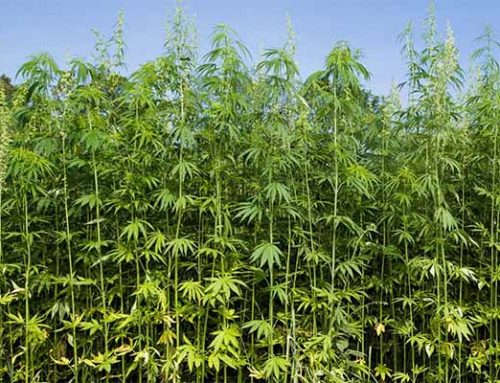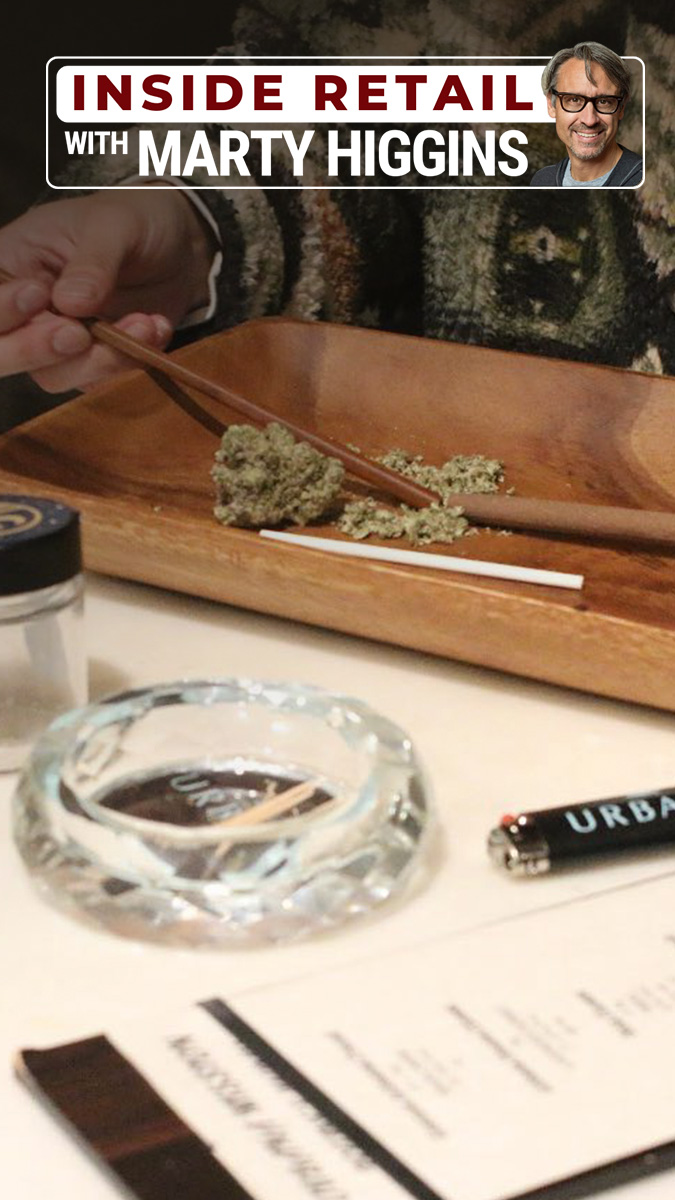Down with High THC
By Rob Sanchez – Standing in line at the dispensaries here in Las Vegas, one can overhear customers ask for the highest THC products constantly. Bud-tenders throw words like “sativa” and “indica” around as if they mean more than the morphological traits of the plant. They’re not to blame and neither are the clueless customers. It’s the industry overall to blame, and I’m here to point the finger.
Demanding the highest THC content in a dispensary is like walking into a liquor store and asking for booze with the highest alcohol content. If I do this today, the cashier will think I’m crazy and point towards the Everclear. I’m partial to classic Old Fashioned’s, so Everclear would not be at all what I’m looking for. If we continue the analogies, this is like walking into a restaurant and saying, “What’s the most calorie-dense food you have?” The industry has latched onto a single metric for cannabis quality, THC percentage, and it’s flat out wrong.
Customers asking for it means retailers want to sell it, so cultivators invariably have to grow it. Lower THC strains with wonderful terpene profiles have been pushed to obscurity as the mindless zombies of the industry strive for and consume ~30% THC flower. Is a strong high better than a weak one? Well, sure we can all agree with that. But is a strong, short high with no flavor better than a medium high with rich flavor and long lasting effects? Not at all. High THC strains shoot you to the moon quickly and typically crash down at the same rate with little to no terpene content; they’re well… boring.
The terpene profile of each cannabis strain makes it unique and shows the expertise of the cultivator as well as the care and knowledge of the brand. Yes, terpenes! Here in Nevada cannabis compliance requires that the top three tested terpenes be displayed on the label for flower and concentrate products. This of course is widely ignored by most and even viewed as unnecessary.
What it’s actually done is provide a look into the future of cannabis where dispensaries are bringing in unique, excellent strains that have a terpene profile to please. An aware consumer here can walk in and say, “What’s the highest terpene content you have in the store?” They can flip jars over and see the test results along with the harvest date to get a more realistic idea of what they’re about to smoke.

This becomes a preference, of course, but also brings cannabis into the ring with wine, spirits, and other artisan-crafted products. One can sample a strain high in myrcene and compare with one testing high in linalool. The nuances of a high terpinolene strain can be smelled and compared to one high in ocimene. Connoisseurship emerges and the artists behind each strain or cultivar, if we want to be correct, can be appreciated. Churning out mediocre cannabis is akin to working in a factory, but cultivating high quality craft cannabis with an appropriate cure is making art.
In looking for quality cannabis, always start with the lab results. Look at the top 3-5 tested terpenes in the lab, they’re measured in mg/g. The highest tested terpene is called the dominant terpene, but the others are still important too. The entourage effect of cannabis relies on the type of light, the soil the plant was grown in, and so much more. Entourage effects like long lasting relaxation or chatty energy can be found by focusing on different dominant terpenes.
The most common terpenes profiles in cannabis are dominant in myrcene (herbal, earthy), caryophyllene (peppery, spicy), and limonene (citrus, zesty). The other less common dominants are pinene (pine and forest-like) and terpinolene (minty, funky). If you’re really lucky, you may even find a strain dominant in ocimene, borneol, or linalool. Each of these are associated with different effects and a different high that’s much more accurate than “sativa” or ”indica.”
The concentration of terpenes I’ve found to be the most enjoyable would be strains where the dominant is testing over 10 mg/g. At times, I’ve had to leave dispensaries because they don’t have anything testing that high. It’s worth it to find quality and speak up about it. Terpenes are volatile and boil off the flower over time. Low terpene content shows a lack of care for the product overall. With the high THC craze underway, strains like my favorite Ultra Sonja have become harder to find because the THC content is lower.
Now we don’t have to be all doom and gloom. The cannabis industry is amazing after all and churning out some excellent products! But, the general perception that THC is the differentiator has to stop. Next time you go to the dispensary, take some time to look at the lab results. If they’re not printed on the label, then ask to see them and start to find your perfect smoke.
My perfect smoke and favorite strain in Las Vegas at the moment is Head Cheese by Polaris, which tests at 22.18 mg/g of myrcene, 8.13 mg/g ocimene and 2.15 mg/g linalool. This strain jumps out of the jar and makes my feet float behind me like a cartoon character smelling a pie on the windowsill. If you’re lucky enough to find a strain that’s testing anywhere near 20 mg/g, it’s a must try. They’re incredibly rare right now and should be appreciated.
“Demanding the highest THC content in a dispensary is like walking into a liquor store and asking for booze with the highest alcohol content.”
About the Author: Rob Sanchez has a lifetime of cannabis knowledge with ten years in the industry. He started as a Cultivator and Hashmaker in Denver’s Medical Days before getting involved with cannabis software. Now he’s a Product Manager for a cannabis ERP called BLAZE and currently training to become a certified Cannabis Ganjier. Find him on LinkedIn. Copyright © 2022.




































